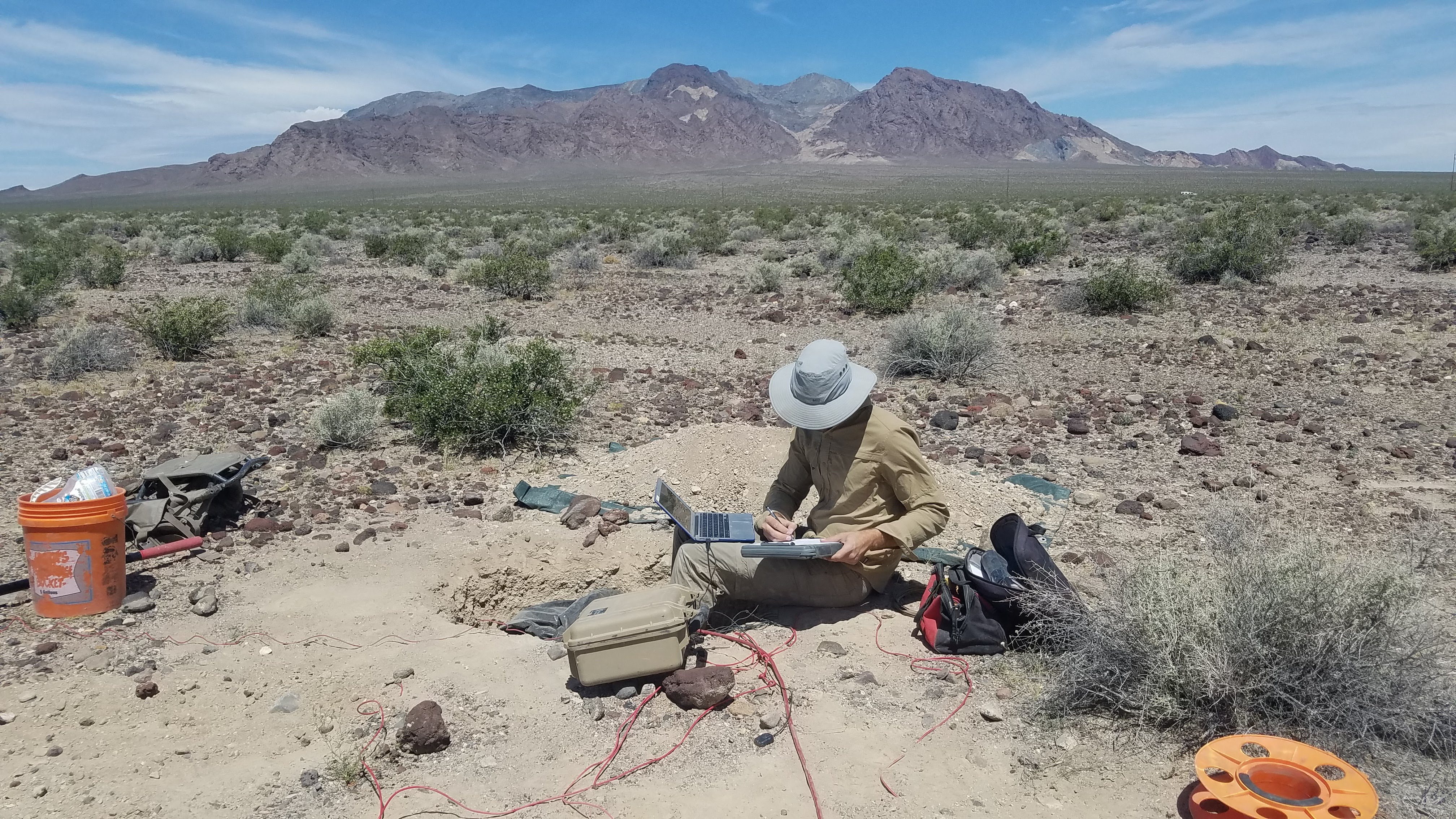For over a decade, EartScope Consortium (formerly as IRIS) has partnered with Oregon State University to collect regional magnetotelluric (MT, see Kelbert et al. for more details) surveys across the contiguous United States. This activity utilizes a pool of 27 long-period MT instruments (NIMS) that are owned by the National Science Foundation (NSF) and maintained by OSU. From 2006 to 2018, the surveys were conducted as part of the USArray. During 2019 and 2020 we have extended the USArray MT footprint to parts of California, Nevada, Arizona, and Utah (see map) under a grant from NASA's Heliophysics Science Division. These efforts are separate from the establishment of services for MT Principal Investigators at the EarthScope Primary Instrument Center (formery PASSCAL Instrument Center), which are supported as part of the NSF supported NSF SAGE facility.
The 2003-2018 EarthScope program MT observations were used to study different geologic features and processes across North America but are critical to characterizing the hazard to human infrastructure posed by the interaction of space weather with a variably conductive subsurface. Strong geomagnetic storms can interact with resistive regions of the lithosphere to produce geomagnetically induced currents (GICs) currents that damage and in some cases completely incapacitate utility assets, such as the electric power grid. Concerns about these hazards are reviewed in the 2015 National Space Weather Stategy and National Space Weather Action Plan and an updated 2019 National Space Weather Strategy and Action Plan. A Presidential Executive Order in March 2019 resulted from the growing awareness in the Federal government to these threats and dictated the completion of MT surveying across the contiguous U.S. by 2023, which would significantly improve the characterization of hazards from GICs. Funds to continue this effort were appropriated into the USGS budget, and the USGS has partnered directly with OSU to undertake this final chapter of continent-scale surveying. To ensure that sufficient instruments are available to support this activity, EarthScope Consortium has established a long-term loan of the NIMS to OSU through 2023. All timeseries data and data products from these surveys will be archived in the NSF SAGE Facility DMC and publicly available.
Above: Completed 2003-2018 EarthScope program (red), USGS (yellow), and NASA (magenta) MT stations with notional NASA stations in 2020 (open) and the remaining sites intended for survey (black)
Below: Installation of an MT station in the Mojave Desert, CA in spring 2019
